PAST PROJECT:
Create a Community-Supported
Native Plant Program
A critical bottleneck for most “backyard habitat” programs is where to get local-genotype native plants.
Our Partners:
Our Problem:
Too often property owners get excited to re-naturalize their yards with native plans, only to find no supply of locally-appropriate stock. Conversely, local nurseries tried to fill the need, only to find the demand is inconsistent and thus the market for native plants unsustainable.
Our Solution:
Borrowing from the Community-supported Agriculture model, we devised a way to match the demand and supply for native plants in landscaping. In this case, Natural Neighbors (a program of BiodiversityWorks) signs up their participants to buy into plants that are grown by the Polly Hill Arboretum.
Read More:
Martha’s Vineyard is an island, meaning that many of its native plants may be genetically adapted to this isolated environment, so importing “native” species from mainland populations (especially cultivars) may have genetic consequences to the local gene pool. Mainland plant populations may be genetically connected across a large ecosystem, but even there it may be safest to landscape with local genotype plants whenever possible. The problem is scale: smaller ecosystems often have a smaller customer base to buy the local native plants.
Another problem is reliability. As is the rule in all natural populations, not all native plants produce abundant seeds every year, and not all seeds are viable. Nor is each growing season conducive to growing plants to marketable size, even in greenhouses. By adopting the CSA model, we turned these liabilities into assets. As with the CSA, the customer doesn’t know what produce they are going to get or in what abundance. Similarly, the Community Supported Native Plant program promises to deliver native plants, with the proportion of species influenced by what is available and grows well. The advantage is that the buyer gets a new suite of plants every year, thus increasing the diversity of plants in their yards. Rather than landscaping in the commercial, static, one-and-done fashion, the yard owner gets to see what thrives best in her yard and how it adds to the diversity of microhabitats across her community.
Fortunately for the Vineyard, it has two excellent resources 1) BiodiversityWorks, which specializes in helping nonprofit and private owners manage their lands for wildlife and 2) Polly Hill Arboretum, which specializes in the local native plants and their propagation. However, before a Community-supported Native Plant program could be forged between the two of them, first we helped BiodiversityWorks create the Natural Neighbors program. For more on the background behind that, read this article, “How to De-fragment the Land”.

